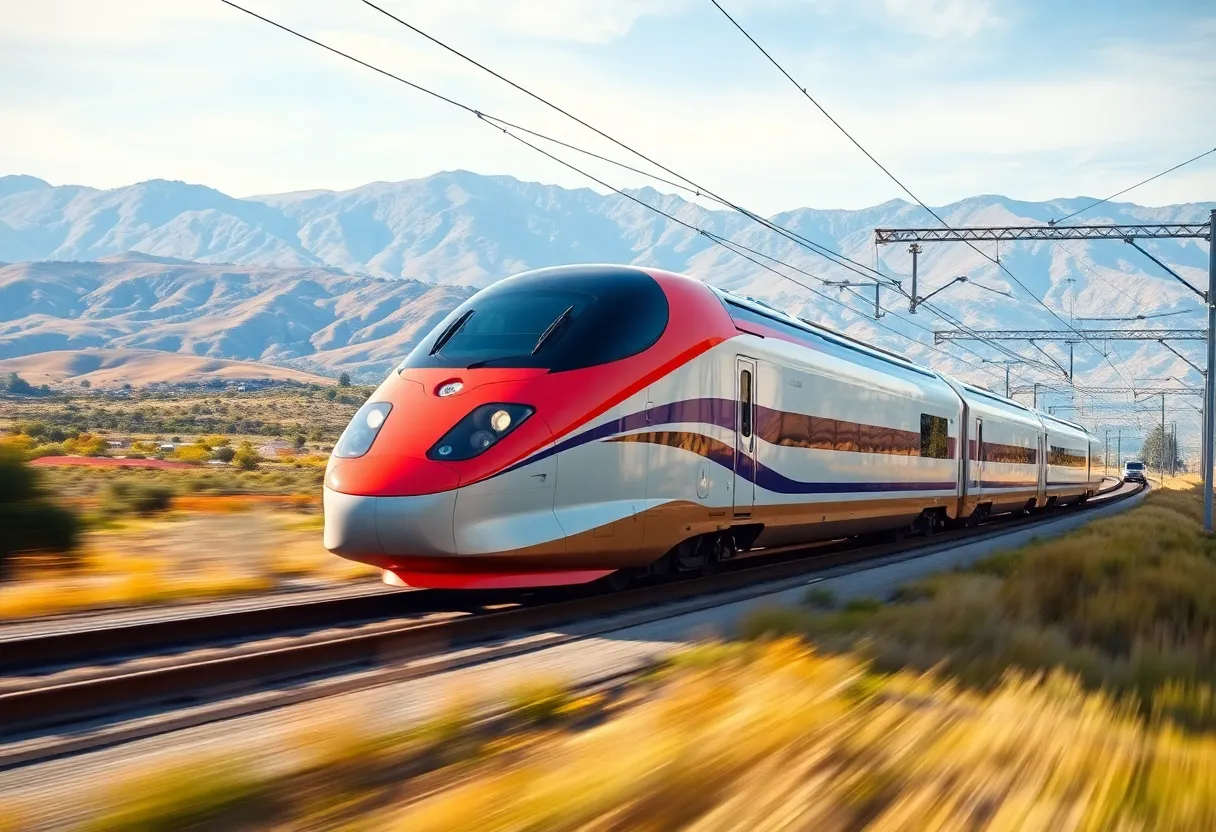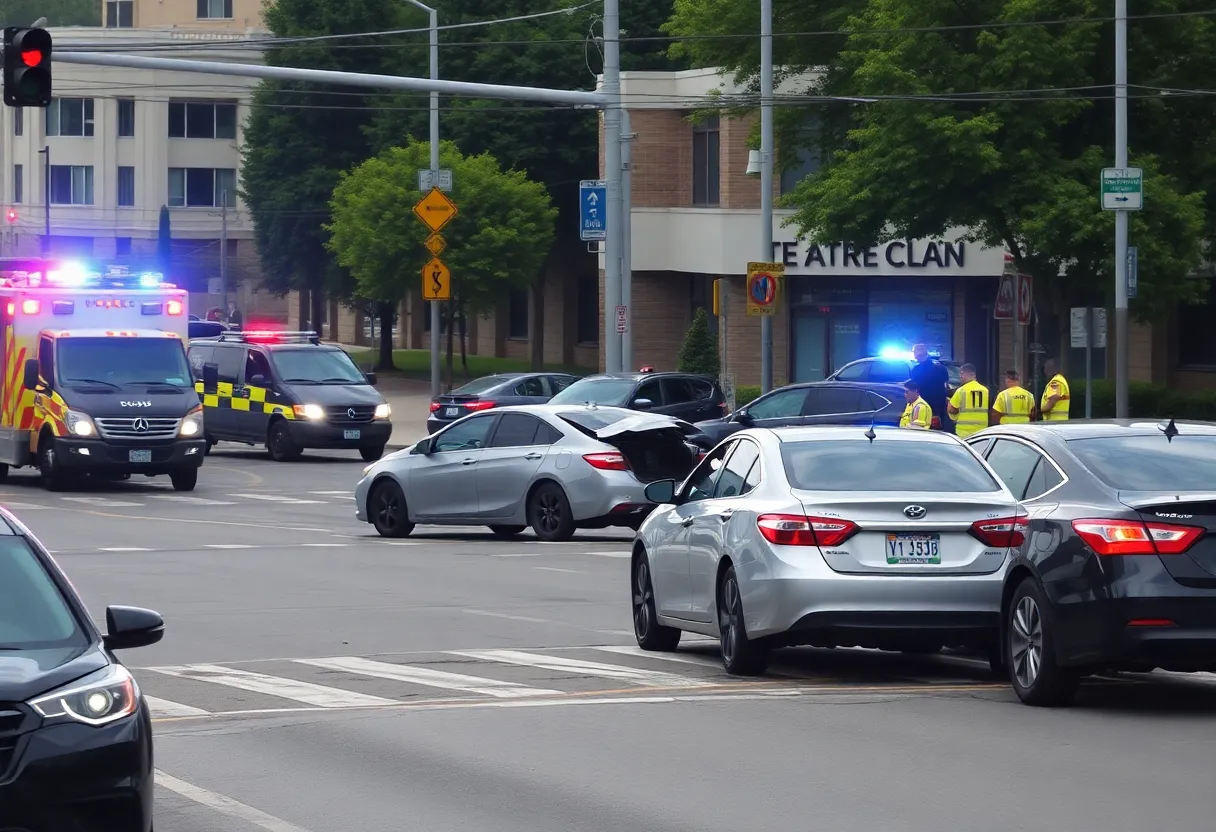California, August 26, 2025
News Summary
California lawmakers have revealed that the budget for the high-speed rail project has skyrocketed to $128 billion, far exceeding the initial $33 billion approved in 2008. Only the Central Valley segment is currently under construction, with a completion date projected for 2038. Although the project has amassed over $24 billion in funding, rising costs raise concerns about financial viability. The California High-Speed Rail Authority is seeking additional funding while facing criticism over investment returns and misrepresented ridership projections. The project promises significant economic benefits, potentially creating over 1 million jobs.
California state lawmakers have announced that the budget for the high-speed rail project has soared to an estimated $128 billion, significantly surpassing the original price tag of $33 billion approved by voters in 2008. The project, which was initially expected to be completed by 2020, now faces a projected completion date of 2038 for a crucial segment linking Palmdale to Gilroy.
Currently, only construction within the Central Valley is underway, focusing on a 119-mile stretch expected to connect Merced to Bakersfield by 2032. This construction represents the sole activity on a project that has faced numerous delays and budget hikes. Over the years, the project has collected more than $24 billion in funding, primarily from state sources, but rising costs have raised questions about its overall financial viability.
During a recent news conference, state lawmakers and business leaders provided updates about the high-speed rail initiative. State Senator Dave Cortese, who chairs the Senate Transportation Committee, stressed the project’s significance for California’s economic growth and environmental sustainability. He noted that support for the rail initiative remains solid among voters, especially younger people.
The state has introduced a new bill, SB 545, aimed at sourcing additional funding for the increasingly expensive project. Meanwhile, the California High-Speed Rail Authority (CHSRA) continues to deal with the ramifications of the Trump administration’s July decision to withdraw $4 billion in federal funding. This withdrawal led the CHSRA to file a lawsuit seeking to restore the funding.
Critics of the project have highlighted concerns regarding its financial feasibility. Some lawmakers, including Republican Senator Tony Strickland, have questioned whether the tremendous budget increase would result in a viable return on investment. Previously, Transportation Secretary Sean Duffy and former President Trump labeled the endeavor as a “train to nowhere.”
Once completed, the high-speed rail system is projected to stretch about 400 miles, providing a direct connection between San Francisco and Los Angeles. However, escalating costs and delays concerning this final connection continue to pose challenges for the project. Cortese has indicated that the completed rail line could not only improve transportation but also create significant job opportunities, estimated to exceed 1 million, and generate $86 billion in labor income.
A bipartisan committee is currently investigating allegations of misrepresentation regarding ridership projections by the CHSRA, further complicating the project’s rollout. The CHSRA Chief Executive Ian Choudri has stated that the project is at a “crossroads,” emphasizing the need for long-term financial commitments to ensure its success.
In an effort to advance the project, recent legislative initiatives have focused on establishing private-public partnerships to facilitate funding and ensure this ambitious infrastructure venture comes to fruition. As the California High-Speed Rail Project continues to evolve, its future remains uncertain amid financial scrutiny and mounting public debate.
FAQ
What is California’s high-speed rail project?
The California high-speed rail project aims to create a high-speed train system connecting major cities, including San Francisco and Los Angeles, enhancing transportation across the state.
What is the current estimated budget for the project?
The current budget estimate for the high-speed rail project has reached $128 billion, a significant increase from the original $33 billion approved by voters in 2008.
When is the project expected to be completed?
The project is expected to be finished in segments, with the expected completion date for the link between Palmdale and Gilroy projected for 2038. The section connecting Merced to Bakersfield is anticipated to be completed by 2032.
What challenges has the project faced?
The project has encountered numerous delays, escalating budget concerns, and political scrutiny, including significant federal funding withdrawal and investigations into ridership projections.
What economic benefits does the project promise?
The completed high-speed rail system could create over 1 million jobs and generate about $86 billion in labor income, contributing positively to California’s economy.
Deeper Dive: News & Info About This Topic
- CBS News: Changes to California High-Speed Rail Project
- Wikipedia: California High-Speed Rail
- Bakersfield Now: High-Speed Rail Project Challenges
- Google Search: California high-speed rail budget
- LA Times: Funding for High-Speed Rail
- Google Scholar: California high-speed rail
- Newsweek: California High-Speed Rail Plan
- Encyclopedia Britannica: High-Speed Rail
- NBC Bay Area: High-Speed Rail Push
- Google News: California high-speed rail news

Author: STAFF HERE BEVERLY HILLS WRITER
The Beverly Hills Staff Writer represents the experienced team at HEREBeverlyHills.com, your go-to source for actionable local news and information in Beverly Hills, Los Angeles County, and beyond. Specializing in "news you can use," we cover essential topics like product reviews for personal and business needs, local business directories, politics, real estate trends, neighborhood insights, and state news affecting the area—with deep expertise drawn from years of dedicated reporting and strong community input, including local press releases and business updates. We deliver top reporting on high-value events such as the Rodeo Drive Concours d'Elegance, the Beverly Hills artSHOW, Concerts on Canon, and holiday celebrations throughout the city. Our coverage extends to key organizations like the Beverly Hills Chamber of Commerce and Visit Beverly Hills, plus leading businesses in luxury fashion, hospitality, and entertainment that drive the local economy. As part of the broader HERE network, including HERELosAngeles.com, HERESantaAna.com, HEREHuntingtonBeach.com, and HERECostaMesa.com, we provide comprehensive, credible insights into Southern California's dynamic landscape.




